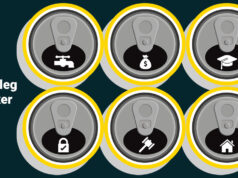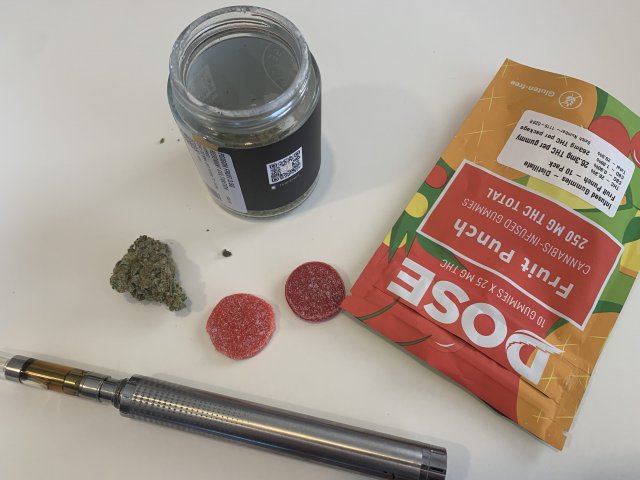

Oklahoma’s medical marijuana industry is heading toward another significant milestone this spring as its long-awaited seed-to-sale tracking program rolls out across the state.
According to state officials, the seed-to-sale program’s aim is to make the industry safer for consumers by ensuring the state knows who grew what plant, who transported it, and who turned it into what kind of products.
Florida based Metrc will provide RFID tags and the software needed to track plants from their infancy all the way until subsequent products are purchased by patients.
And all of that is coming soon. Metrc recently began training thousands of licensees who will be required to integrate their businesses into the Metrc system by April 30.
But while state officials tout the concept of enhanced safety, some have complained about both the cost of Metrc’s product.
In the beginning …
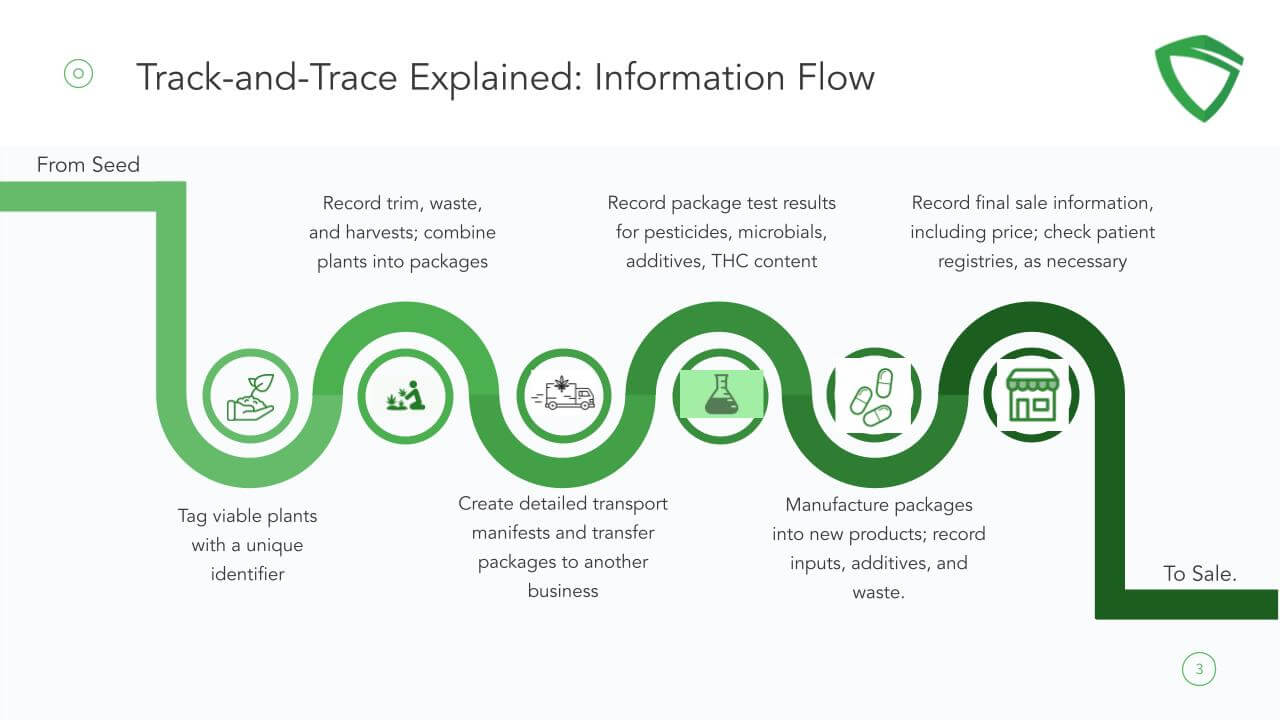
The concept of tracking and tracking the lifespan of a marijuana seed or plant is behind the state’s seed to sale efforts.
The process of tracking and tracing the lifespan of a marijuana seed or plant begins when a viable plant is given an RFID tag that contains information about its early life. That tag, in effect, serves as a profile for each plant and its yield throughout the cultivation, processing and distribution processes.
Along that journey, information ranging from harvesting dates, transportation details and test results on THC potency and impurities like pesticides and metals are added to its profile. Also tracked: What types of products a plant is ultimately used to make. That can include edibles and vapor cartridges. The final sale price of the product when producers sell it to dispensaries is also recorded.
“Our system tracks cannabis from small baby plants or seeds all the way to the point of sale where they are finished units of products for sale to consumers,” Metrc chief operating officer Lewis Koski said.
By the time marijuana reaches a consumer, Koski said a plan may have encountered as many as 370 different “events” tracked by the seed-to-sale system.
Safety a factor
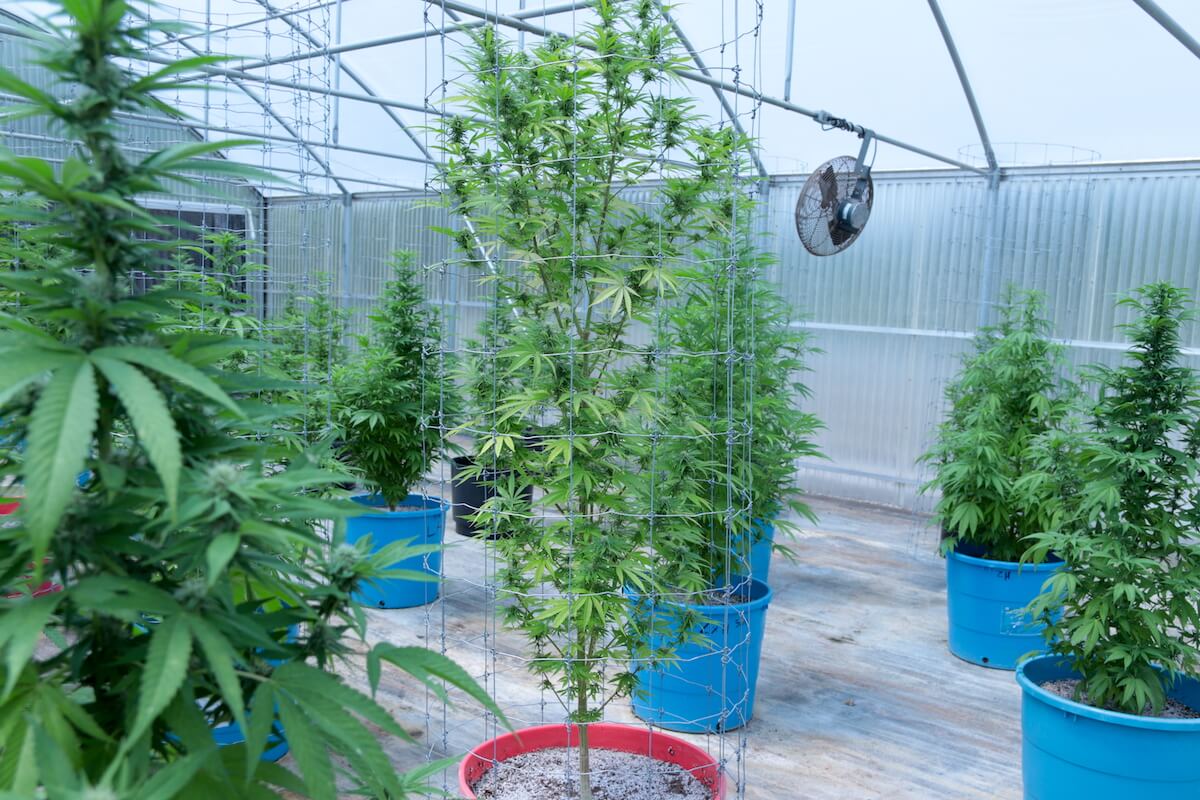
The OMMA has issued a handful of medical marijuana product recalls since the state’s program began in late 2018. Some have involved vapor cartridges that failed required testing.
For OMMA director Dr. Kelly Williams, safety is the driving force behind the idea of tracking and tracing products.
“There is a lot of product to support 370,000 patients, so there’s also a lot to keep track of,” Williams said. “This industry has a huge impact on our state, and it’s important to us that we dedicate ourselves to protecting patient health every single day. In my opinion, that’s why regulatory bodies like the OMMA exist.”
Metrc’s software would help facilitate recalls if they’re needed, Koski said.
“What’s unique about our system is that we can help with placing a small, very precise amount of product on hold,” he said. “Or, if there’s large concerns, we can put more product on hold until it can be investigated and deemed safe.”
Koski compared it to the spate of romaine lettuce recalls that have plagued consumers in recent years.
“They never know what the source of the problem is with romaine lettuce, so they typically do massive recalls for an entire region,” he said. “So imagine if you went to a grocery store knowing that lettuce had been tracked by the time it was a small lettuce plant all the way to the time it was harvested and transported to the store. And all the while there are certain milestones in the process within the supply chain where it is tested to make sure it was safe. Imagine the kind of confidence you would have knowing that lettuce was safe. That’s what we do with track and trace.”
Williams said guarding against impurities that could make consumers sick isn’t the only factor. Testing also includes THC potency.
“With the medical market, dosing is exceptionally important to our patients,” she said. “They want to make sure they’re getting the right amount to manage their conditions without getting more than what they are expecting.”
Cost of tags still a concern
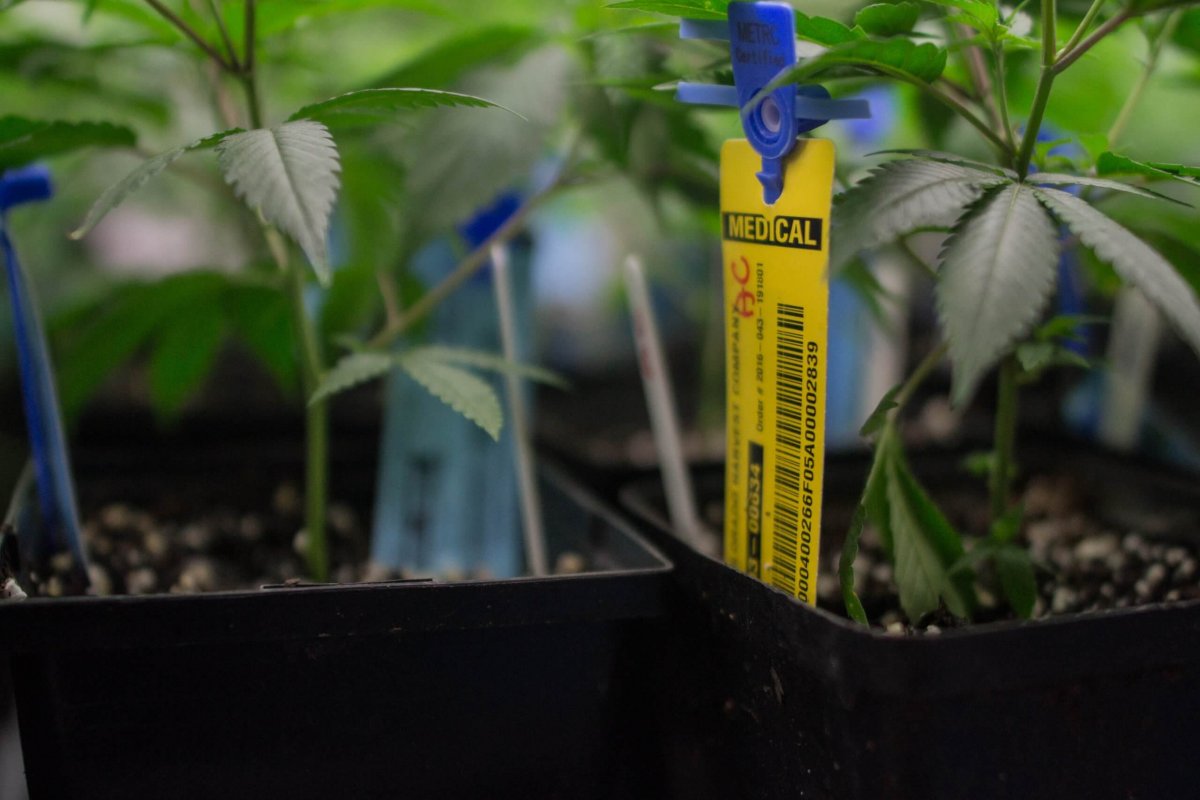
Under the state of Oklahoma’s contract with Metrc, growers and processors are required to purchase RFID tags from the company. For a grower, that means each of their plants will be required to have its own tag. Those tags cost $0.45 and are made to withstand the rigors of an outdoor growing environment. Metrc says its tags can be used for at least nine months outdoors and likely would not need to be replaced during that process.
While those costs might seem small on the surface, they can quickly add up if a grower has thousands of plants. Rep. Scott Fetgatter (R-Okmulgee) supports seed-to-sale, but he’s also had concerns about forcing those in the state’s industry to purchase RFID tags from one vendor.
“Seed-to-sale tracking is definitely needed, and Metrc is good at what they do,” he said. “It’s more about the RFID tag and the requirement that people buy their tags that I was concerned about. There were no options other than to buy their tags, which kind of monopolizes their company [when we] force our marijuana producers to buy tags only from them.”
Fetgatter said the costs will ultimately be pushed down the line to consumers.
“When you look at 45 cents, for example, on a grow that, say, had 100,000 plants, that becomes a substantial amount of money,” he said. “It becomes a substantial cost that gets passed on to the consumer. The more we add to the cost, whether it’s 45 cents or $45, it’s still more cost to the consumer that drives the cost of marijuana up. If we continue to nickel and dime the industry to death, you’re going to make the price of legalized marijuana so expensive the black market thrives because business owners can’t compete on price.”
Fetgatter and House Majority Floor Leader Jon Echols (R-OKC) hosted a policy meeting in December with OMMA officials and representatives from the industry. Producers who were invited to speak at the meeting expressed similar concerns.
Joey Meibergen who operates Primal Cannabis, a 90-acre outdoor growing operation in Garfield County, said he would be required to purchase at least 50,000 tags from Metrc, something he does not want to be forced to do.
“If we have RFID tags, the cost is going to go up quickly, and people can still cheat their yield,” Meibergen said.
Metrc says it prices to scale
Users of the Metrc system will also be required to pay $40 each month to use the system. The company has offered unlimited training for users and provides customer support 12-hours-a-day on Monday through Friday at no additional cost.
Koski said Metrc’s product not only provides added value for users when it comes to helping them track their inventory, but he said it is also priced to scale.
“Our pricing is consistent across all of the states that we’re in,” Koski said. “I think it’s important to understand the cost of using the system scales with the size of the business. There are a lot of licensees in Oklahoma, but the size of the businesses are likely to be a little bit smaller based on how many there are so those costs are expected to be lower. As those businesses grow and continue to get a little bit bigger, there will be some additional costs. Generally speaking the conversation around the cost of the tags is something we often have early on in the phases of implementation and becomes less of a concern as we go on.”
While those costs won’t change anytime soon, Williams believes the system will be a good fit for the state’s industry.
“This is something that we need, and I think as time goes on people who use the system will become more comfortable with it,” she said. “All of this is about health and safety for our patients and this is a very important step toward ensuring that.”











